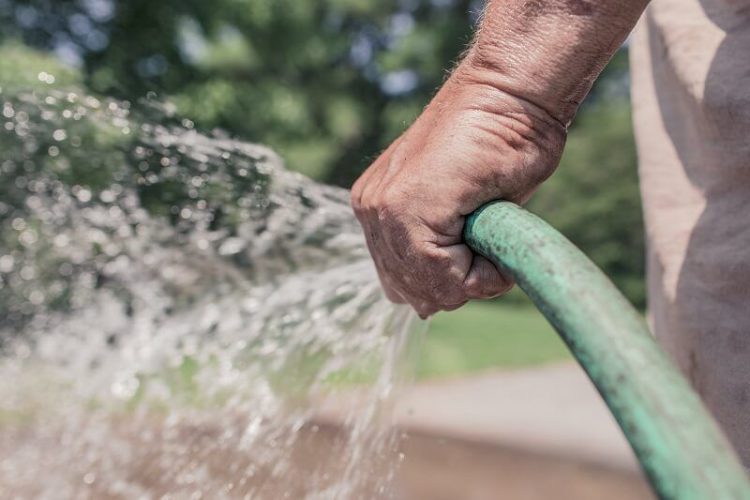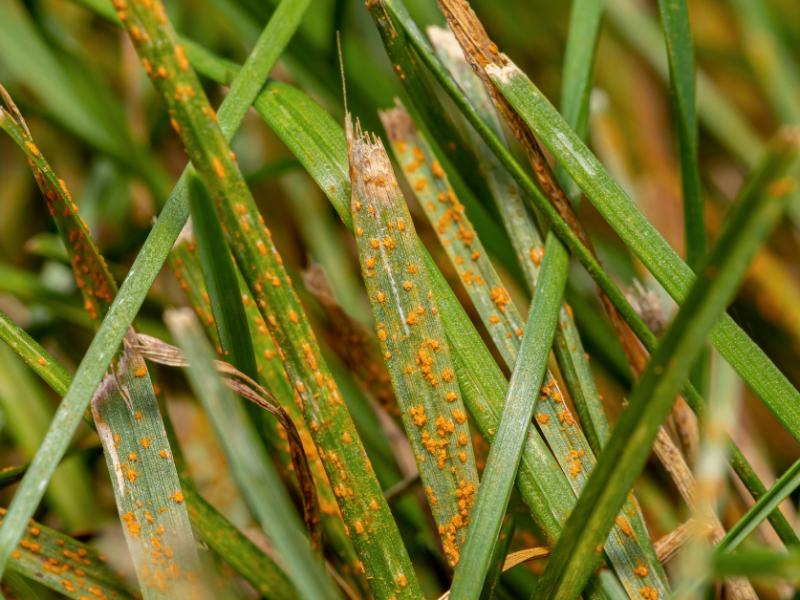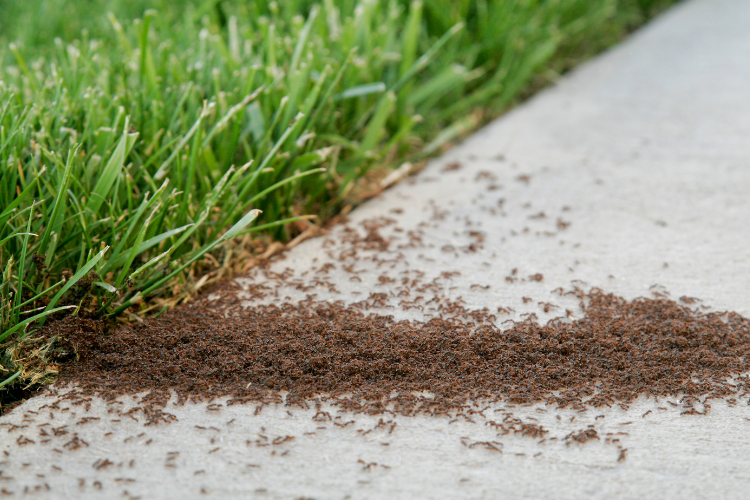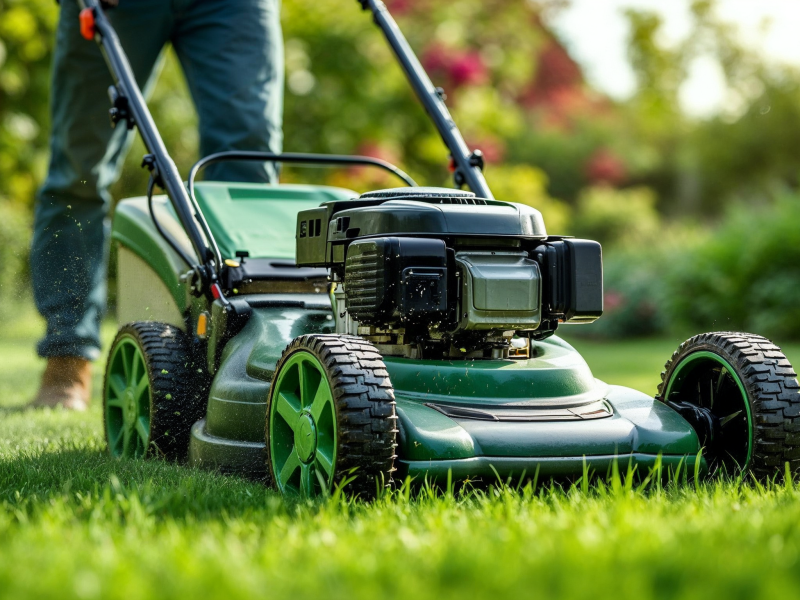In dry and hot periods, the most important way to look after your lawn is to keep it hydrated. If it lacks water, it will quickly lose its lush green colour, look significantly less healthy and ultimately die.
A dry lawn is harder to treat than prevent, so read our guide to watering your lawn so you know how to keep it healthy through any dry periods.
Why Water?
Your lawn is made up of thousands of individual grass plants. Grass on the whole is a relatively hardy plant, but water is essential for its health. Like any plant (or animal, in fact), grass relies on water for all its processes from growth to photosynthesis.
Stage One
Without water, your grass will suffer. Often, the first thing you’ll notice is that the grass will lose its bright and lush green colour. You might also see that walking across your lawn leaves footprints in the grass because its ability to bounce back is affected.
Stage Two
The next stage is often referred to as the tipping point. Before this, watering your lawn will allow it to recover within a couple of days. However, hitting the tipping point means your grass has been more significantly affected by drought and it will be harder for it to recover. At this point, you’ll notice that growth has slowed and your lawn might start to show patches. Some areas of the soil will have better moisture retention than others. The blades of grass will also start to curl in an attempt to hold onto more moisture.
Stage Three
During stage three, your lawn will completely stop growing. At this point, the grass will turn a greenish-brown colour. With heavy watering or rainfall, the grass will likely take 10-14 days to recover.
Stage Four
During the final stage, your grass will appear dead above the surface. It will brown and the lawn will thin out. However, it might still be possible to save your grass because the roots remain alive for a certain amount of time. Heavy watering and care could mean that some of the grass recovers, but this could take several weeks and there will often be patches that will never grow back. If your lawn reaches this stage, it might need an entire lawn renovation.
It’s important that you don’t let your grass dry out. If there hasn’t been rain for a period, particularly if it’s been hot, then you’ll need to start watering your lawn. Even just once a week can be enough to keep your grass hydrated, particularly if your soil has been aerated and the water can drain through the turf.
How Often Should I Water?
The average lawn needs around 1” to 1½” of water a week, although it will vary according to your soil and grass type. It’s best to water once or twice a week; deep and infrequent is better than often and shallow.
If you have sandy-type soil, then you’ll need to water more often than with clay-type soil as it won’t retain water as effectively.
Tips To Make Watering More Effective
It’s not too difficult to water your lawn, whether you do it manually with a watering can or use sprinklers, but there are some tips to make watering more effective so your lawn gets the biggest benefit.
Time of Day
Try to water as early in the day as you can. This gives the water a chance to soak into the turf before the day gets too warm and it evaporates. Failing this, you can water in the evening, but the morning is usually more effective.
The Water
Using tap water won’t damage your grass, but the very best water to use is rainwater, collected in a waterbutt. Tap water is treated with various chemicals and minerals to make it safe for us to drink, while rain water is much more pure and has a completely neutral pH. Rainwater is the better choice for your grass (and any other plants) if you can collect and use it.
Aeration
It’s really important to keep your soil aerated. Compact soil is more likely to dry out, and also won’t take on water as effectively. An aeration treatment, whether hollow tine or spiking, prevents the soil from becoming compact and ensures that water can penetrate down and reach the grass roots. It means that watering your lawn will be much more effective and the soil will better retain the moisture.
Hydration Treatment
It might be that your lawn needs a boost. A hydration treatment from Greensleeves involves an aeration treatment followed by the application of a specialist wetting agent. This ensures that the soil can effectively use applied water, holding onto moisture and ensuring that your grass can get what it needs.
When there’s been a week with no rain, it’s important to water your lawn so it can stay green and healthy. If you want any more tips, just get in touch with Greensleeves!





